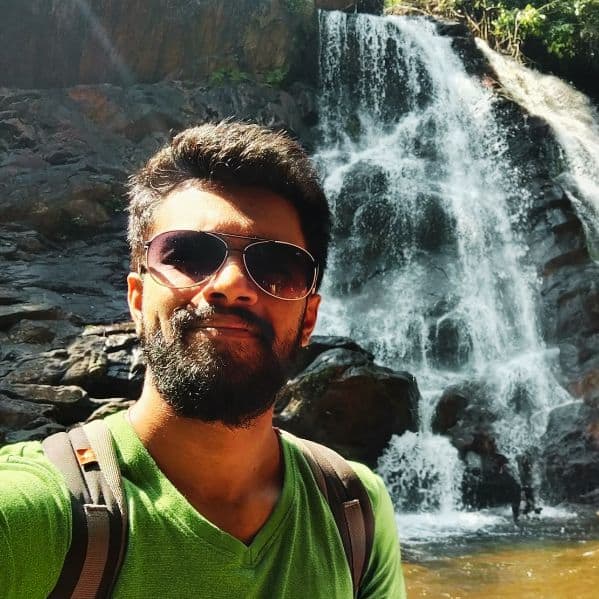synopsis
Bengaluru received its first six-coach train for the Namma Metro Purple Line, built by China's CRRC. Assembled at Peenya Metro Depot, it will undergo extensive testing over six months before passenger service. Additional trains will follow, reducing congestion and improving metro services.
The first-ever six-coach prototype train built by China Railway Rolling Stock Corporation (CRRC) for the Namma Metro Purple Line has arrived in Bengaluru. After being assembled at the Peenya Metro Depot, the train has been moved to the test track for further trials.
This new addition is expected to ease the shortage of trains on the Namma Metro network and help reduce passenger congestion. Following this model, Kolkata’s Titagarh Rail Systems Ltd. (TRSL) is set to supply 20 additional trains for the Green and Purple Lines, which are currently operational. Last week, TRSL delivered a CBTC (Communication-Based Train Control) technology-enabled train to BMRCL for the Yellow Line.
Bengaluru: BMRCL to deploy AI-powered drones for monitoring Namma Metro pillars and viaducts
The six coaches, which were shipped from China to Chennai Port, were transported to Bengaluru via trucks. After being assembled into a complete train, it became the first Distance-To-Go (DTG) technology-equipped train for the Namma Metro.
BMRCL (Bengaluru Metro Rail Corporation Limited) officials announced that this train would undergo around 37 different tests, including electrical and safety assessments, over the next few months. These rigorous tests are part of the standard procedures to ensure passenger safety and train efficiency.
India's first driverless metro train to arrive in Bengaluru in 15 days from Kolkata
Officials estimate that it will take at least six months before the train can be introduced for passenger use. The new model must receive certification from the Research Design and Standards Organization (RDSO) before it can operate commercially.
After completing the tests, the train will undergo trial runs on the main line during the night. Additionally, Metro operators will need to hire and train loco pilots for these new trains. Only after these steps are completed will the train be ready for commercial operations, according to Metro officials.
)
 subscribe to Asianet News Whatsapp channel by clicking here.
subscribe to Asianet News Whatsapp channel by clicking here.